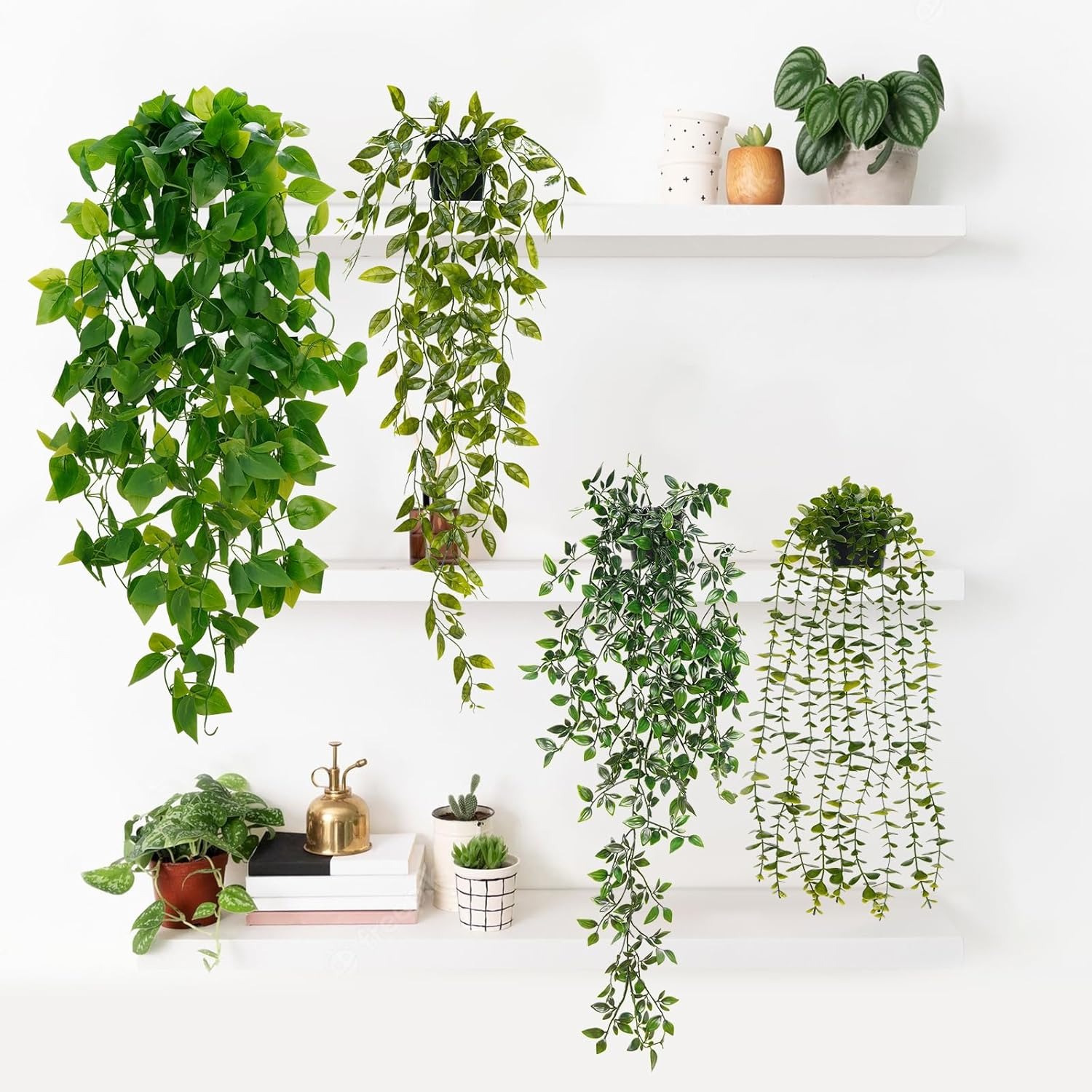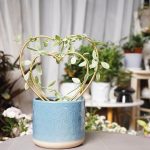Why Low Maintenance Indoor Plants Are Perfect for Modern Homes
In today’s fast-paced world, low maintenance indoor plants have become essential for modern living. These resilient green companions thrive with minimal care, making them ideal for busy professionals, urban dwellers, and even those with “black thumbs.” Unlike high-maintenance varieties, they require little time or expertise—perfect for lifestyles that prioritize convenience without sacrificing aesthetics.
Plants like the snake plant (Sansevieria) and pothos (Epipremnum aureum) need only occasional watering and tolerate low light, thriving in apartments, offices, or rooms with limited natural sunlight. Their durability reduces gardening stress, allowing you to enjoy greenery without constant attention.
Beyond their practicality, these plants enhance well-being. Studies show they purify indoor air by absorbing toxins such as formaldehyde and benzene. Their presence also lowers stress and improves focus, creating a calming environment.
Low maintenance indoor plants also adapt seamlessly to modern decor. Sleek succulents, trailing vines, or bold foliage add organic texture to minimalist spaces, while their versatility suits both small apartments and open-plan homes.
Top 5 Low Maintenance Indoor Plants for Any Lifestyle
Low maintenance indoor plants are essential for modern lifestyles, offering beauty and air-purifying benefits without demanding constant care. Here are five hardy varieties that thrive in diverse settings, perfect for busy professionals, beginners, or those with limited gardening experience.
1. Snake Plant
The snake plant is a champion of resilience, thriving in low to bright indirect light with minimal watering—once every 2–3 weeks.
2. Pothos
Pothos is a versatile trailing plant adaptable to most indoor conditions. It tolerates low light and irregular watering, making it perfect for beginners.
3. ZZ Plant
Known for its glossy, dark green leaves, the ZZ plant withstands neglect—forgiving missed waterings and low light. It’s a top choice for dry environments like offices, as it stores water in its rhizomes. Its compact form suits modern decor, thriving with infrequent care.
4. Spider Plant
Spider plants are effortless to care for, producing “pups” that can be easily propagated. They prefer bright indirect light but adapt to dimmer areas. Their arching leaves and dangling plantlets purify airborne pollutants, making them ideal for kitchens or living rooms.
5. Peace Lily
While preferring medium light, the peace lily thrives with consistent, but infrequent watering. Its white blooms add elegance to spaces, while it efficiently removes mold spores and toxins. A humidity-lover, it’s perfect for bathrooms or humid rooms, signaling drought stress by drooping leaves.
These low maintenance indoor plants offer unmatched convenience, blending aesthetics, air quality improvement, and resilience.
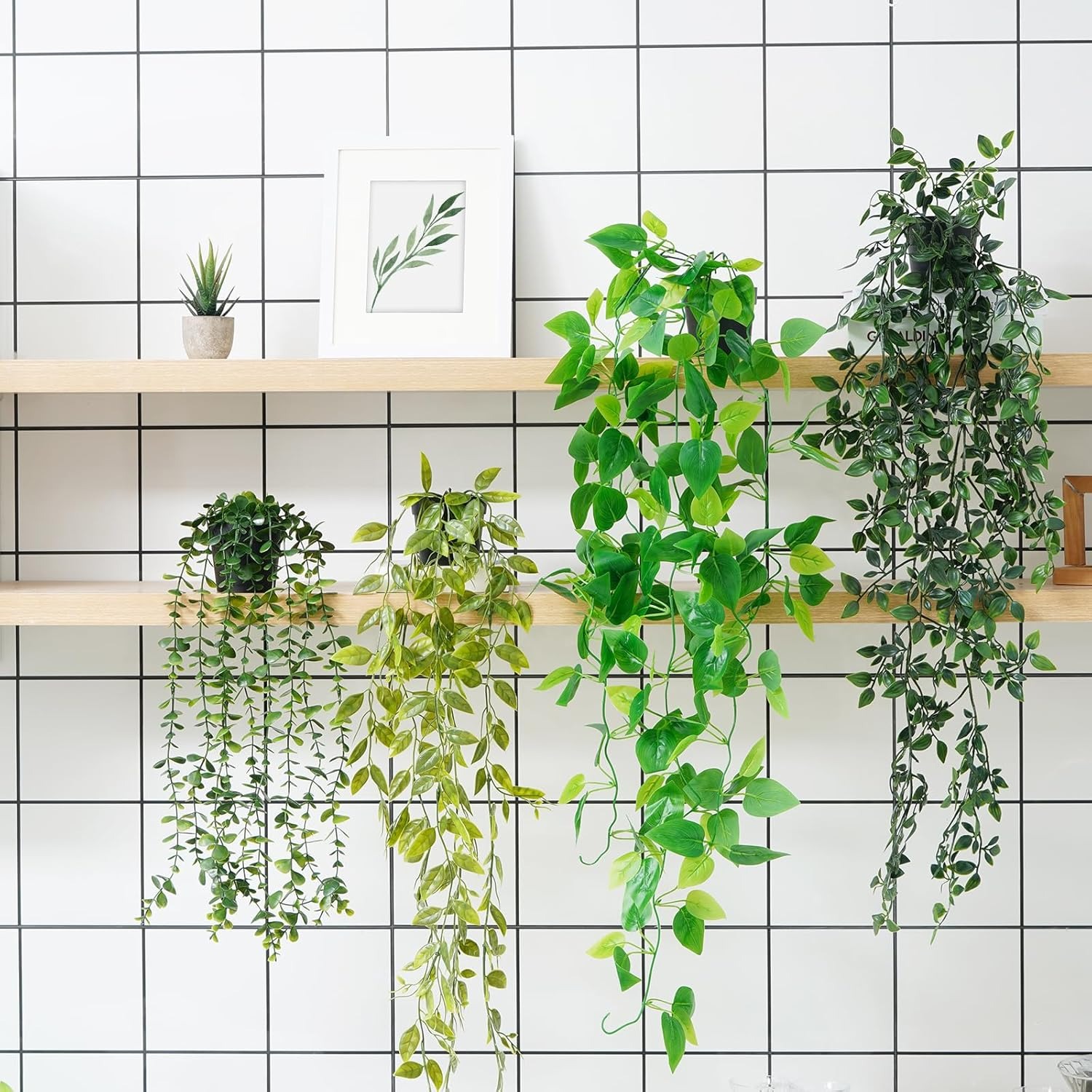
Tips for Choosing the Right Plant Based on Your Home’s Environment
Selecting plants suited to your home’s environment ensures they thrive with minimal care. Here are key factors to consider:
1. Light Requirements
- Low-light areas (hallways, bedrooms): Opt for shade-tolerant plants like Sansevieria (snake plant) or ZZ Plant (Zamioculcas zamiifolia). These low maintenance indoor plants survive in dim corners while purifying air.
- Bright indirect light (living rooms, near windows): Choose Spider Plant (Chlorophytum comosum) or Peace Lily (Spathiphyllum), which thrive in moderate light and enhance air quality.
2. Humidity Needs
- High humidity zones (bathrooms, kitchens): Moisture-loving plants like Ferns or Monstera thrive here. Misting or a pebble tray can further boost their health.
- Dry environments (air-conditioned offices): Succulents, cacti, or air plants (Tillandsia) tolerate low humidity and irregular watering.
3. Space and Size
- Small spaces (desks, shelves): Miniature plants like air plants or compact Pothos add greenery without overcrowding.
- Large areas (living rooms, sunrooms): Statement plants like Fiddle Leaf Fig or Money Tree (Pachira aquatica) create focal points while improving air circulation.
4. Temperature and Ventilation
Avoid placing plants near AC/heater vents or drafty windows. Ferns prefer cooler spots, while Snake Plants endure dry heat.
By aligning plant choices with your home’s conditions, even beginners can cultivate thriving greenery effortlessly. Prioritize species that match your environment’s light, moisture, and space—turning any room into a lush, low-effort oasis.
Common Mistakes to Avoid When Caring for Low Maintenance Plants
Even low maintenance plants require mindful care to thrive. Avoid these common pitfalls to ensure their health:
1. Overwatering
The most frequent mistake is overwatering. Plants like Sansevieria (snake plant) and ZZ Plant (Zamioculcas zamiifolia) prefer dry soil between waterings. Use the finger test—water only when the top 2 inches of soil are dry.
2. Incorrect Lighting
Placing plants in the wrong light causes stress. Peace Lilies (Spathiphyllum) need bright indirect light, while Pothos (Epipremnum aureum) tolerate low light. Research your plant’s light needs to avoid leggy growth or yellowing leaves.
3. Poor Drainage
Containers without drainage holes lead to root rot. Always use pots with holes and well-aerated soil. Elevate pots on coasters to prevent water pooling at the base.
4. Temperature Extremes
Avoid placing plants near heaters, AC vents, or drafty windows. Sudden temperature swings harm species like Fiddle Leaf Figs, while Snake Plants thrive in stable indoor temps (65–75°F/18–24°C).
5. Ignoring Pests
Mealybugs, spider mites, and scale insects thrive on neglected plants. Inspect leaves weekly—wipe pests with alcohol wipes or neem oil, and isolate infected plants to prevent spread.
6. Overfertilizing
Low maintenance plants rarely need fertilizer. Overfeeding stresses roots—use diluted fertilizer sparingly (once a month in spring/summer).
By addressing these mistakes, even beginners can keep plants thriving effortlessly. Prioritize proper watering, lighting, and regular checks—let your green companions flourish with minimal intervention!
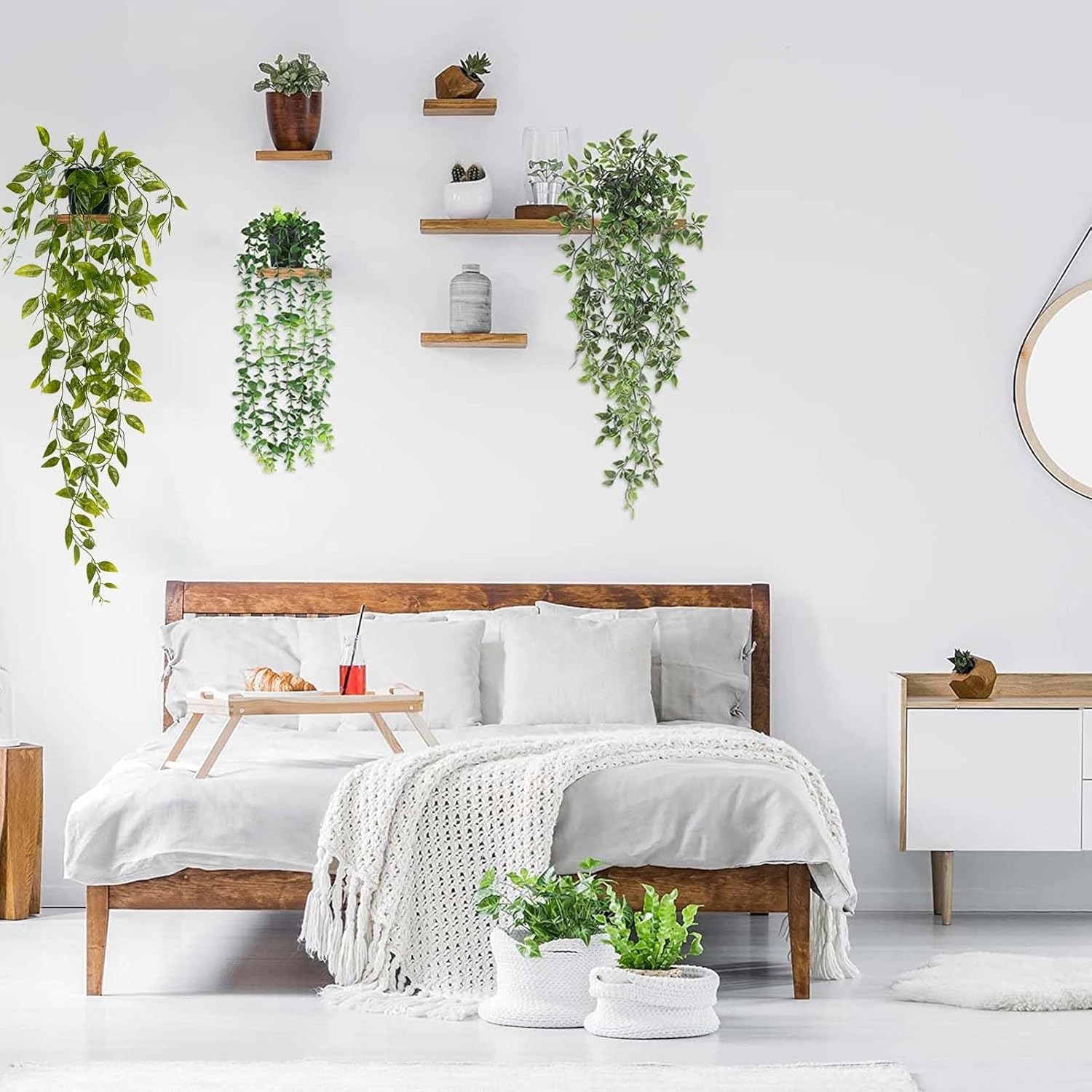
Creative Ways to Style and Display Your Indoor Greenery
Elevate your space with creative indoor greenery displays that blend aesthetics and functionality. Try these ideas:
1. Hanging Gardens
Suspend trailing plants like Pothos or Spider Plants (Chlorophytum comosum) from macramé hangers or wire baskets. They add vertical interest above desks or sofas, softening modern interiors with cascading foliage.
2. Vertical Walls
Install floating shelves or wall-mounted planters for small spaces. ZZ Plants (Zamioculcas) or succulent clusters thrive on bookshelves, creating living art without floor space.
3. Container Makeovers
Repurpose everyday items: Use teacups for mini succulents, mason jars for air plants (Tillandsia), or a stacked wooden crate for a Fiddle Leaf Fig (Ficus lyrata).
4. Grouped Arrangements
Cluster plants of varying heights and textures on side tables or floors. Pair a Snake Plant (Sansevieria) with trailing Pothos and a small Fern for a cohesive, layered look.
5. Functional Pairings
- Kitchens: Place Herbs or Air Plants on windowsills for easy access and freshness.
- Bathrooms: Hang moisture-loving Ferns near mirrors to thrive in humid conditions.
6. Themed Collections
Create a jungle vibe with large Monstera and Bird of Paradise, or minimalist elegance with geometric planters and Succulent Rosettes.
Let your creativity shine—indoor greenery adapts to any style, turning ordinary spaces into vibrant, personalized sanctuaries.
Troubleshooting Common Plant Problems
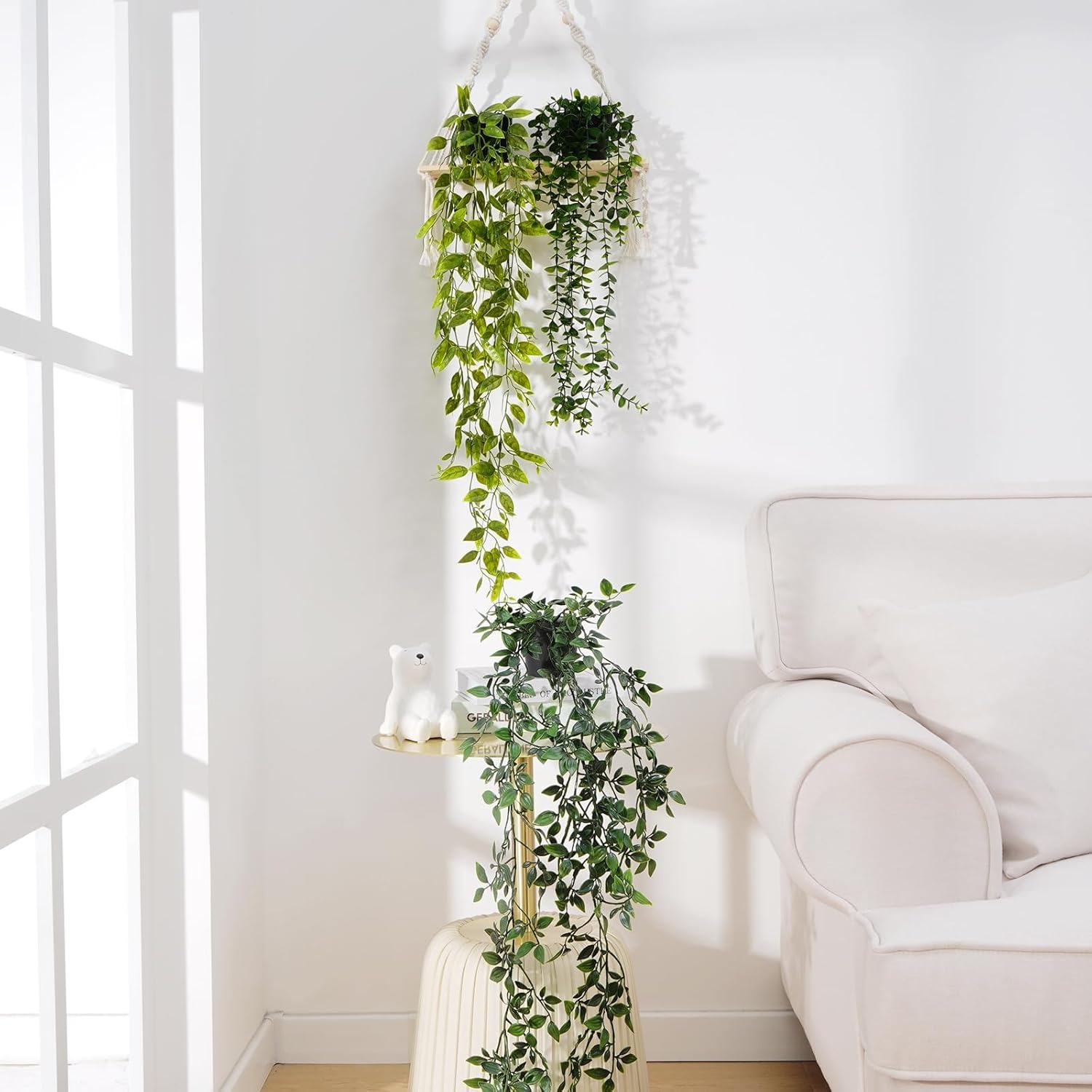
Common plant problems can often be resolved with quick fixes. Identify issues early and act fast to revive your greenery:
1. Yellow Leaves
- Cause: Overwatering or underwatering.
- Fix: Check soil moisture. Let soil dry between waterings for Snake Plants (Sansevieria). For Peace Lilies (Spathiphyllum), water thoroughly if soil is bone-dry.
2. Brown Leaf Tips
- Cause: Dry air or fluoride in tap water.
- Fix: Mist Ferns or place a pebble tray under pots. Use filtered water for Dracaena and Peace Lilies to avoid fluoride damage.
3. Pests (Mealybugs, Spider Mites)
- Signs: Cottony clusters, webbing, or sticky leaves.
- Fix: Wipe pests with alcohol wipes. Spray neem oil weekly. Isolate infected plants to prevent spread.
4. Stunted Growth
- Cause: Low light or poor soil.
- Fix: Move ZZ Plants to brighter indirect light. Repot with fresh soil and add slow-release fertilizer for Monstera.
5. Wilting
- Cause: Overwatering (rotten roots) or underwatering.
- Fix: For overwatering: Trim rotted roots and repot in dry soil. For underwatering: Soak the pot in water for 30 minutes.
6. Leaf Drop
- Cause: Sudden temperature changes or drafts.
- Fix: Move plants away from vents/heaters. Keep Fiddle Leaf Figs in stable 65–75°F (18–24°C) environments.
Regular inspections and adjustments ensure healthy plants. Most issues stem from watering errors or neglect—act early to prevent irreversible damage!
How to Transition from Beginner to Advanced Plant Care
Transitioning from beginner to advanced plant care requires gradual learning and hands-on practice. Follow these steps to build confidence and nurture thriving greenery:
1. Master the Basics First
Ensure your current low-maintenance plants (Snake Plants, ZZ Plants) are thriving. Understand their light, water, and soil needs before advancing to complex species.
2. Expand Your Plant Collection
Add moderate-care plants like Fiddle Leaf Figs (Ficus lyrata) or Boston Ferns, which demand consistent humidity and brighter light. Observe their responses to adjust your care routine.
3. Learn Advanced Techniques
- Propagation: Try air layering for Monstera or stem cuttings for Pothos.
- Soil Science: Experiment with specialized mixes (e.g., orchid bark for Air Plants or cactus soil for succulents).
- Humidity Control: Use pebble trays or humidifiers for tropical plants like Peace Lilies.
4. Monitor and Adjust
Track plant health with tools like soil moisture meters and humidity gauges. Adjust watering, light exposure, or fertilization based on observations.
5. Join Plant Communities
Engage with gardening forums, YouTube channels, or local plant groups. Experts and enthusiasts share troubleshooting tips and rare plant recommendations.
6. Tackle Challenging Species
Once skilled, try high-maintenance plants like Orchids (Phalaenopsis) or Bromeliads, which require precise care but reward with vibrant blooms.
Advanced plant care is a journey of curiosity and adaptability. Celebrate small successes and learn from setbacks—your green thumb will grow stronger with practice!
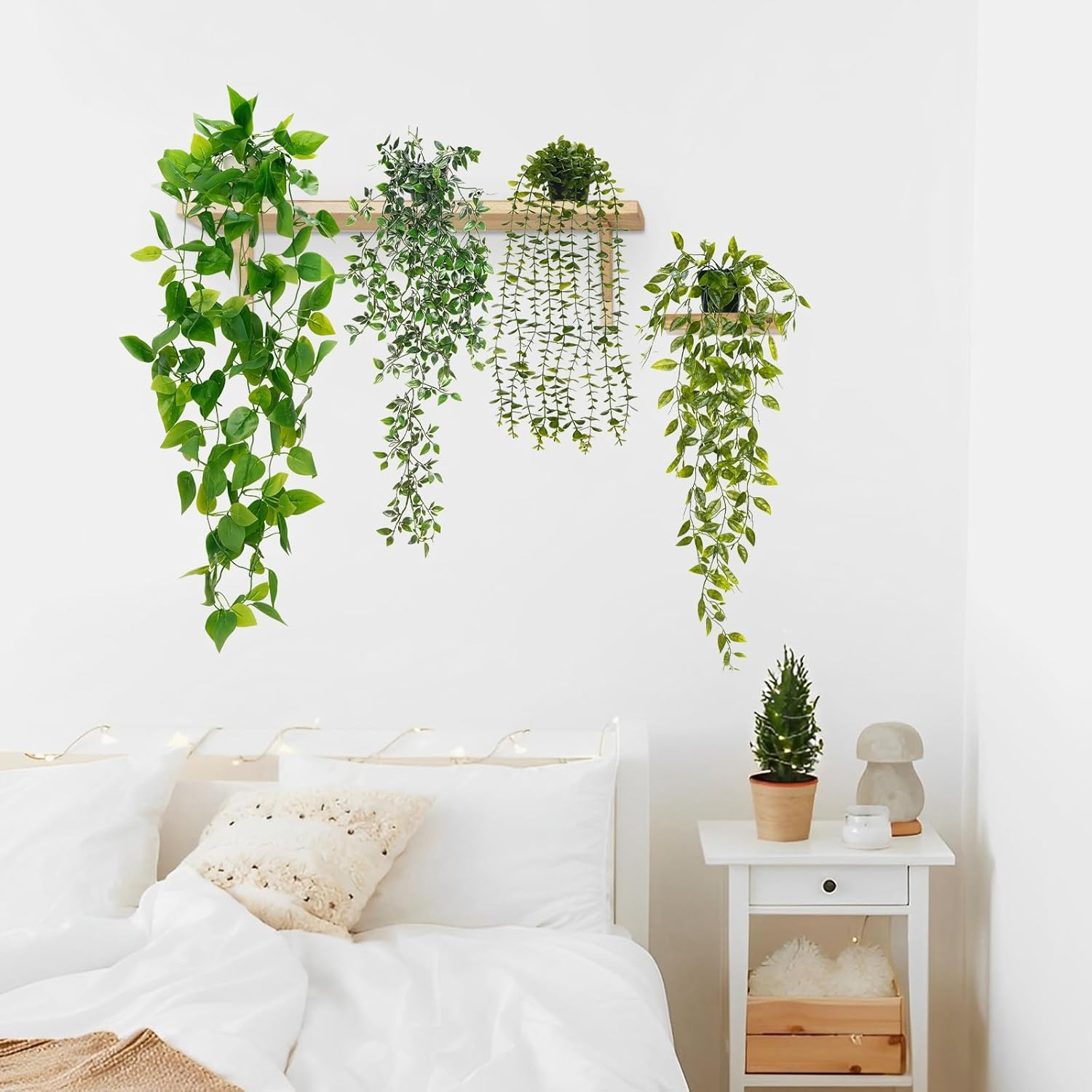
Final Thoughts and Next Steps for Your Plant Journey
Low maintenance indoor plants are a gateway to a rewarding gardening journey. Here’s how to keep nurturing your green thumb:
1. Celebrate Progress
Take pride in thriving Snake Plants or ZZ Plants—they reflect your growing skills. Each healthy plant is a step toward mastering care routines.
2. Expand Your Collection
Add one new plant every few months. Start with moderate-care varieties like Fiddle Leaf Figs or Peace Lilies, then progress to tropical species like Orchids.
3. Deepen Your Knowledge
- Read Guides: Explore books like The New Plant Parent by Cortney Oellers.
- Follow Experts: YouTube channels like The Sill or Gardener’s Path offer tips on propagation and troubleshooting.
4. Join Plant Communities
Engage with local gardening clubs or online forums to share experiences and access troubleshooting advice.
5. Embrace Mistakes
Every brown leaf or overwatered plant is a learning opportunity. Adapt your care routine and stay patient—plants teach resilience.
Your plant journey is a lifelong adventure. Whether you’re nurturing a small succulent or a lush jungle, the joy lies in the growth—both of your plants and your skills. Happy planting!
FAQs
Q: How often should I water low maintenance indoor plants?
A: Most require watering every 1–2 weeks. Check soil moisture before watering to avoid overwatering.
Q: Which plants are best for offices with little natural light?
A: Snake plants, ZZ plants, and pothos thrive in low light and are ideal for office spaces.
Q: Can I grow low maintenance plants without soil?
A: Yes! Pothos, spider plants, and some succulents can be grown hydroponically in water.
Q: How do I revive a plant that’s wilting?
A: Check for overwatering or underwatering. Adjust watering habits, repot if necessary, and place it in optimal light.
Q: Are these plants safe for pets?
A: Some, like pothos, are toxic to pets. Research species thoroughly or opt for pet-friendly options like spider plants.
